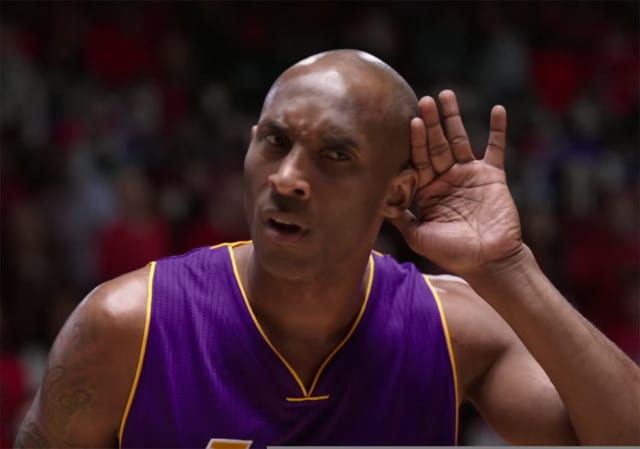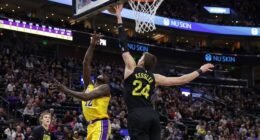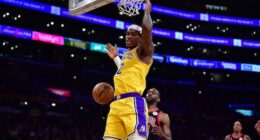In 2001 NBA Commissioner David Stern founded the NBA Development League with eight professional affiliated teams. Later, in 2005 Stern added seven more D-League teams with a purpose of providing the NBA with a basketball minor league farm system for potential call-ups. Now with 16 D-League teams, 23% (in 2010) of NBA players have D-League experience.
With the lockout dragging on, the D-League may soon be the only source of professional basketball in the United States. With a 50-game regular season, an All-Star game, a Showcase and a playoff season, the D-League offers professional scouts and basketball fans plenty of opportunities to possibly witness the start of star careers. Therefore, we should take a deeper look at the Developmental League and what it has done in the last 10 years.
Ownership of particular D-League teams can fall into one of three categories: independent, parent club or hybrid. Under the hybrid ownership, individual owners own the team while the parent club is responsible for the operational aspect of the team. The following is how each D-League team is operated:
Independent ownership:
- Bakersfield Jam
- Fort Wayne Mad Ants
- Idaho Stampede
- Iowa Energy
- Maine Red Claws
- Reno Bighorns
- Sioux Falls Skyforce
- Texas Legends
Parent club ownership:
- Austin Toros (San Antonio Spurs)
- Canton (Cleveland Cavaliers)
- Dakota Wizards (Golden State Warriors)
- Los Angeles D-Fenders (Los Angeles Lakers)
- Tulsa 66ers (Oklahoma City Thunder)
Hybrid affiliation:
- Erie Bayhawks (New York Knicks)
- Rio Grande Valley Vipers (Houston Rockets)
- Springfield Armor (New Jersey Nets)
What the minor leagues are to the MLB, the D-League is to the NBA, but on a much smaller scale. The talent pool of the D-League is much smaller than that of the minors (rookie, A-short season, A, AA, AAA) of baseball. Roster size has a lot to do with the discrepancy as well. However, considering the D-League only has a decade of existence, this NBA-driven decision is on the right path.
Matt Barnes, Shannon Brown and Jordan Farmar are notable Lakers who have been called up from the D-League to have successful careers. There have been 12 former D-League players who have earned a world championship with an NBA team, including both Farmar and Brown.
Last season the D-League established that up to three players who are cut from the roster of an NBA team before the D-League draft, which usually occurs in November, could be allocated to that team’s D-League affiliate if they sign a D-League deal. This is a sought after method to obtain talent in the D-League.
However, due to the lockout this process will not be allowed to any player who was on an NBA roster last season or a draft pick in the 2011 NBA Draft. The NBA lockout is proving its affect to more than just the NBA teams, owners and players. On top of this, D-League players are opting to play overseas even though some of their contracts won’t allow them to return once the lockout ends.
Total success of the D-League is still premature despite making gains within their 10 years of existence. There are 15 D-League teams that have had to close shop or are currently inactive. Reasons for this expand from financial distress to unfit ownership. However, the D-League has had success in its main purpose: developing players.
According to the D-League, 15 percent of NBA players in 2008 had D-League experience. In two years, that percentage jumped to 23 percent. This trend is expected to continue as the pool of talented basketball players grows each year. This prospect, along with the continued hiring of former NBA coaches, is increasing the respect and outlook of the league. Former Lakers coach Del Harris was just hired as the new head coach of the Texas Legends.
With this said, more has to be done in the D-League to generate sustainability. For example, the league may want to take a page from the Minor League Baseball and allow NBA players who are returning from an injury to play a few rehab games with an affiliated D-League team. Minor Leagues in baseball bank on this for generating revenue and interest. Yet with 10 years under their belt, the future looks bright for the D-League.





